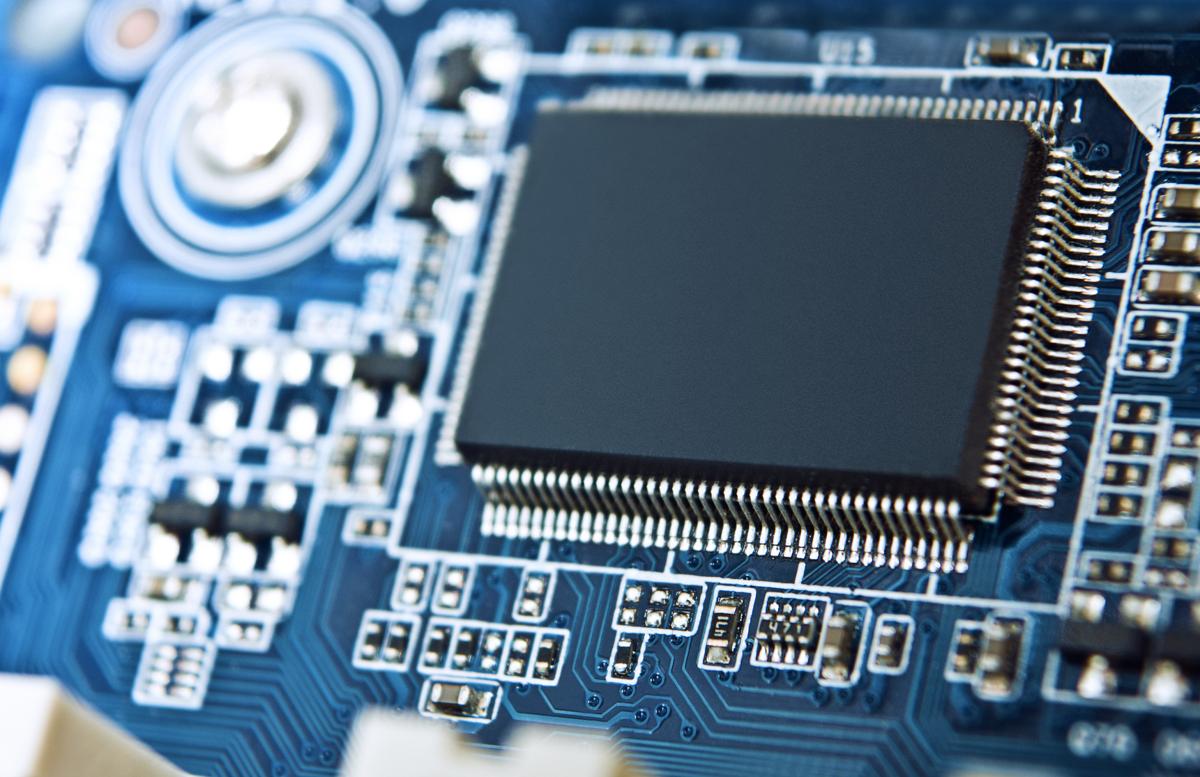A failing motherboard is a common reason to upgrade a computer. It will help the computer support newer generations of CPUs. Read on to learn about the signs that your motherboard may be in need of replacement, and choose a new motherboard based on your needs. After reading this article, you should know more about the process of motherboard replacement. Look for the best motherboard for gaming if you are a gamer. You should know that this process is relatively simple, so read on for more information.
Upgrade your motherboard to support newer generations of a particular CPU
You can upgrade your motherboard to support newer generations of whichever CPU is installed in your computer. The motherboard, which links the many hardware parts to one another, is the heart of your computer. Each motherboard has a specific type of connector or slot to connect to the processor. Here are a few tips to help you upgrade your motherboard. To begin, you should check your motherboard’s specifications.
Firstly, you need to determine whether the motherboard is compatible with the CPU you are planning to install. Many older motherboards are not compatible with newer generations of CPUs. Sockets can vary considerably from model to model. Fortunately, you can usually upgrade your motherboard without reinstalling Windows. You can even transfer your old motherboard license from one computer to another, essentially reactivating it. However, don’t forget that motherboards can’t support both Intel and AMD processors. This is because they use different chipsets and sockets. However, if you are replacing an old CPU with a newer CPU, the motherboard should be able to support both.
Symptoms of a failing motherboard
A defective motherboard might lead to a number of different computer issues. For example, it may cause your computer to crash frequently. You may also notice random characters appearing on your screen. In some cases, the “blue screen” may appear, and you may see more Windows errors than usual. To find out if your motherboard is the cause of these problems, follow the instructions below. You can also check for any of these problems by performing a system restore, which will allow you to fix recent downloads and programs.
One of the first signs of a failing motherboard is that the computer is unable to read any of the drives and programs. It might even be unable to recognize USB devices, like mice. Other symptoms include a loss of power, a black screen, and a failure to boot. If these symptoms are present, you should replace the entire motherboard. You should also consider having the motherboard replaced if it has suffered physical damage.
Signs that you should upgrade your motherboard
If your computer is constantly slowing down, it may be time to upgrade the motherboard. There are several signs that a motherboard needs to be replaced, including component failure and out-of-date parts. Even if you don’t notice these issues, a failing motherboard could be the cause. To find out if it’s time to replace your computer motherboard, follow the following steps. Before performing any maintenance, you should always shut down your computer.
To upgrade the CPU and RAM, you should check whether your motherboard supports the newer models. Most motherboards are only compatible with recent versions of RAM and CPUs. If you want to upgrade, check if you can use a PCI card to add these new features. If you’re not sure what you need, check with your computer’s manufacturer for an upgrade guide. You can also try performing the upgrade yourself if you are confident with hardware.
Choosing a new motherboard
When buying a new motherboard for your computer, there are several factors to consider. The motherboard controls every component of the computer. It determines which features you can use, which parts can be connected to it, and how fast certain parts can run. Therefore, it’s crucial to choose a motherboard that will meet your needs. Read through motherboard reviews to determine which one is best for you. After that, decide on the form factor and type of computer you’ll be building.
When choosing a motherboard, always remember that there are many different models to choose from. Whether you need an ATX motherboard or a micro ATX motherboard will depend on your needs and what you’re looking for in a computer. ATX motherboards are the most common, while micro ATX motherboards are smaller and reduce the number of expansion slots. If you don’t know what size you need, you can measure your old motherboard and compare its dimensions with the new one. Also, read about 144 Hz laptop that is used for gaming.



